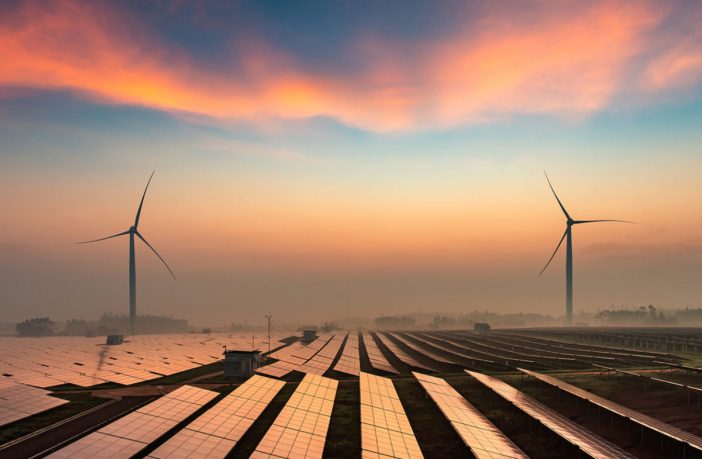- Kallis Energy Investments, led by South Australian-based Terry Kallis, is proposing to develop an enormous 6 GW project in the state’s north.
- The Moolawatana Renewable Hydrogen Project, as it’s called, could potentially see a combined solar and wind farm, each with up to 3 GW of capacity, being used to power electrolysers producing renewable, green hydrogen.
Kallis told pv magazine Australia the project will likely not be grid connected, and therefore able to avoid the congestion and grid connection issues that have plagued numerous large-scale projects in the region.
Kallis expects the project will require around 100,000 hectares or 1,000 square kilometres to construct. It is being planned for a location just east of the northern Flinders Ranges, chosen for its premium wind and solar resources. The renewable hydrogen produced there would then be transported to Port Bonython in the south via a dedicated hydrogen pipeline and exported, with the company flagging a particular focus on the Japanese and Korean markets.
Following the completion of a preliminary environmental and planning fatal flaw assessment, Kallis Energy said the project is now at the pre-feasibility stage with the company concurrently doing preliminary consultations. Kallis Energy is also planning to include a desalination plant at the site, flagging that during these early stages it will consider issues like water availability.
Developer Kallis Energy Investments described itself as “a special purpose vehicle” used to develop the Moolawatana Renewable Hydrogen Project and is wholly owned by the Kallis Family Trust. Terry Kallis, the company’s chairman and founder, is also behind South Australia’s Starfish Hill Wind Farm, the offshore 2 GW Star of the South wind farm, and is the co-founder of the Murchison Renewable Hydrogen project in Western Australia’s mid-west which could scale up to 5 GW.
Of his latest endeavour, the Moolawatana Renewable Hydrogen Project, Kallis said it has the potential to contribute significantly to South Australia and indeed Australia’s hydrogen ambitions. “If the project is built to its maximum of 6000 MW, it would contribute about 40% of the state’s goal for 500% renewables by 2050,” he said.
“The development of a global hydrogen industry in Australia has the strong support of both sides of politics in SA and indeed across Australia creating a good environment for investment.”
Author: Bella Peacock
This article was originally published in pv magazine Australia and is republished with permission.















